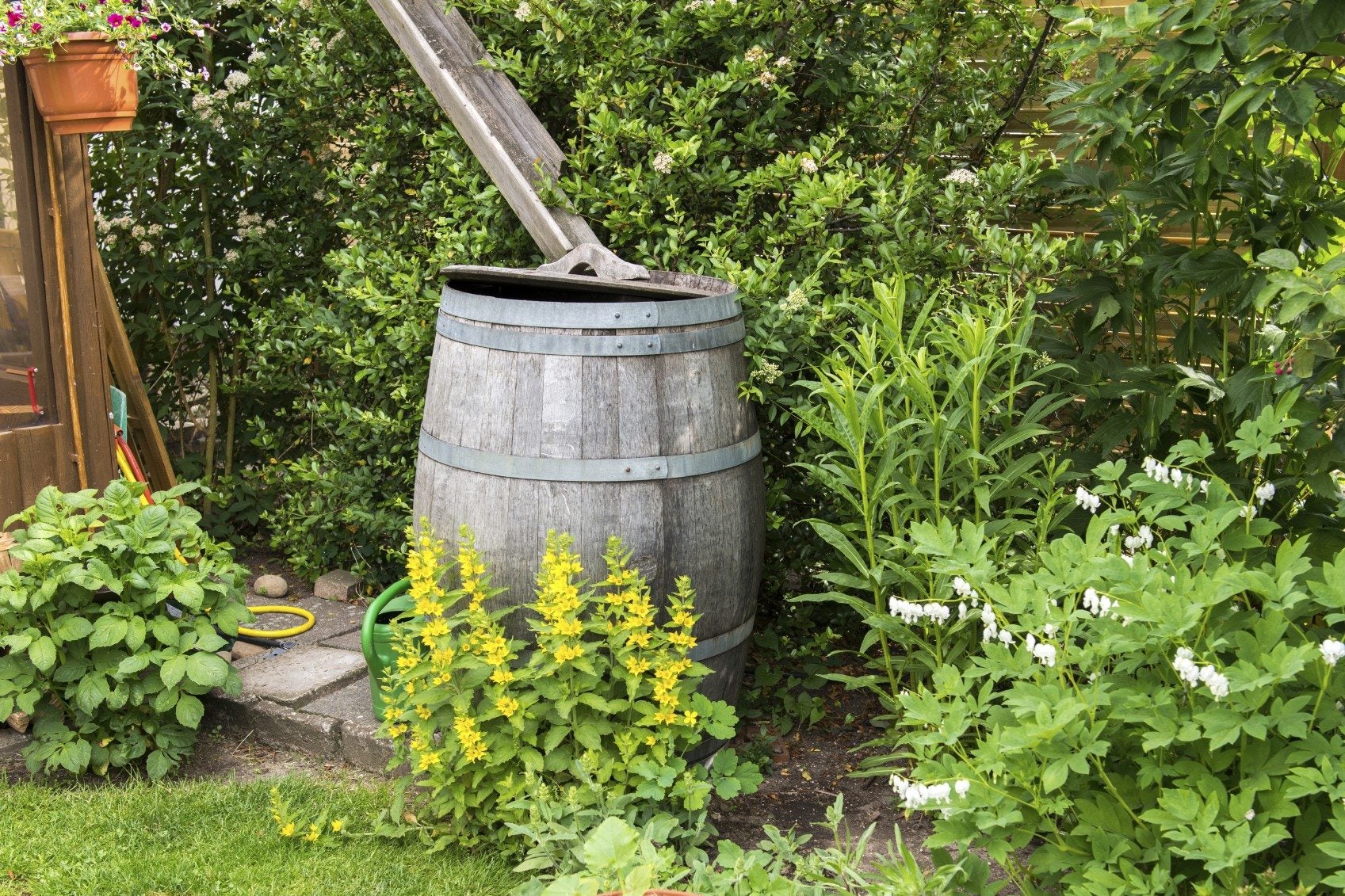Rainwater Garden Features: Using Rainwater In The Garden


Water is a precious commodity, and drought conditions have become the new norm across much of the country. However, gardeners are creative folks who take the current environmental situation seriously. Many are learning about the benefits of harvesting rainwater and using rainwater in the garden. Read on to learn more about rainwater gardens, which are beautiful, useful, and environmentally friendly.
Benefits of Harvesting Rainwater and Using Rainwater in the Garden
Why use rainwater in the garden? Here’s some reasons:
- Enhances the beauty of your garden and community.
- Provides habitat for birds, butterflies, and other wildlife.
- Helps the environment by filtering and cleaning rainwater runoff before it runs into local waterways.
- Recharges the supply of ground water.
- Controls erosion.
- Reduces your water bill.
- Contains no chemicals or dissolved minerals from the soil.
- Rainwater can be used to irrigate lawns and gardens.
- pH of rainwater is near neutral, which makes it extremely beneficial for plants and ponds.
Rainwater Garden Features
There are numerous rainwater garden features available to home gardeners, including rainwater collection ponds, cisterns, rain barrels, terraces, and various water diversion systems. Your choice depends on your budget, available space, climate, type of soil, terrain, slope, and your personal preferences. For example, a rainwater garden can be large or small, and either formal or informal. If you can afford it, a landscape designer experienced with creation of rainwater gardens may be a wise long-term investment. Keep in mind that many state and local governments offer incentives for creation of rain gardens, and some may provide technical assistance and advice.
Plants as Rainwater Garden Features
Native shrubs, trees, groundcovers and blooming plants are often recommended for rain gardens because they are beautiful, tough, and ideally adapted to your soil, weather, and local ecosystem. They can tolerate a wide range of conditions, and unlike non-native plants, they require no pesticides or fertilizers to survive. Native plants have a built-in relationship with birds, butterflies, and other beneficial pollinators and wildlife. Your local Cooperative Extension Service is a great source of information regarding native plants suitable for your area. Note: It is important that you safeguard rain barrels by keeping them covered whenever feasible, especially if you have small children or even pets.
Sign up for the Gardening Know How newsletter today and receive a free copy of our e-book "How to Grow Delicious Tomatoes".

A Credentialed Garden Writer, Mary H. Dyer was with Gardening Know How in the very beginning, publishing articles as early as 2007.